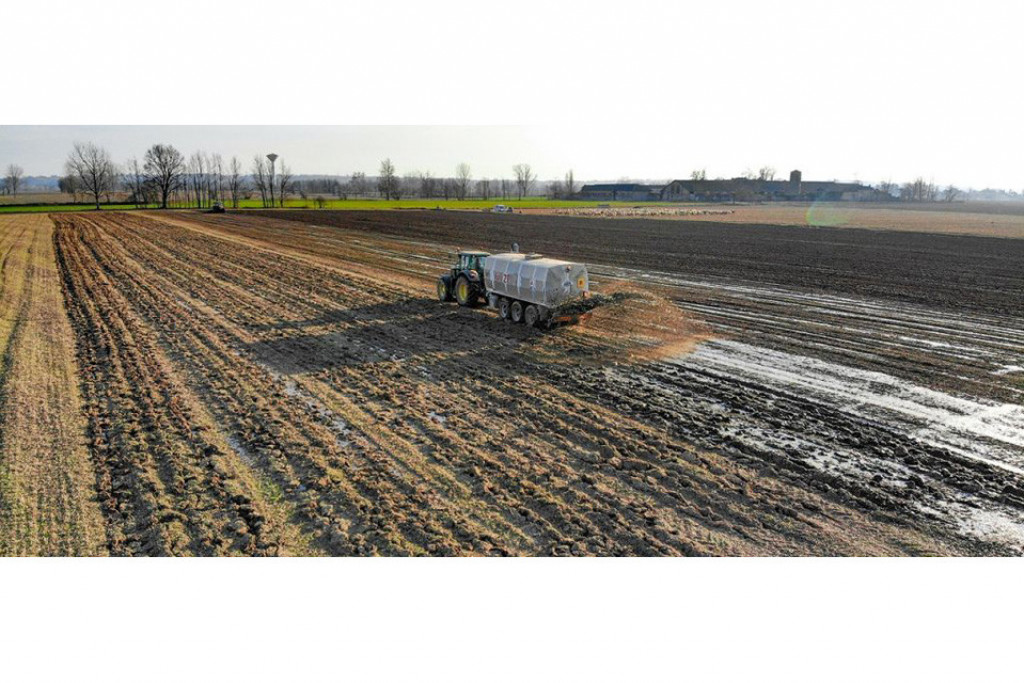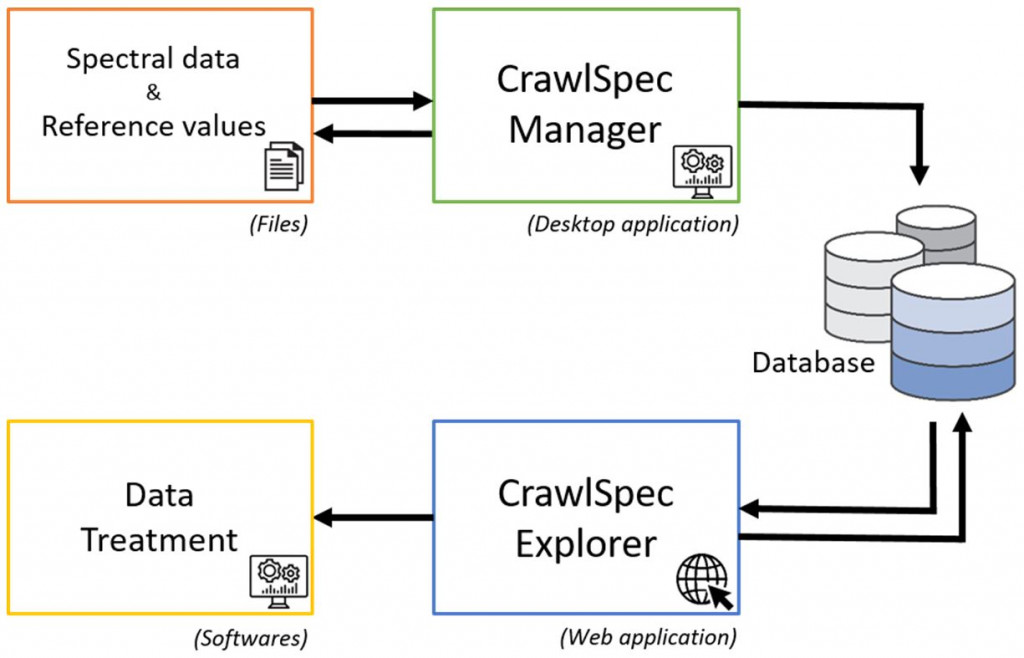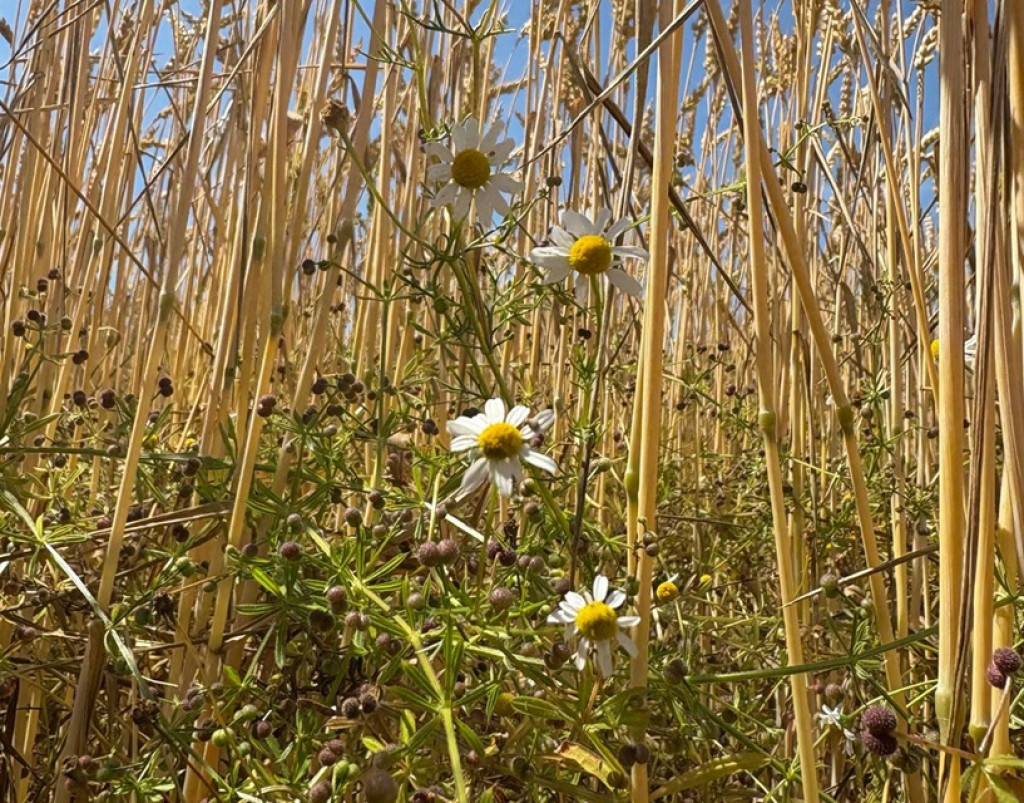Recycling organic residues while protecting soil from contamination
Climate change and environmental degradation pose an existential threat to Europe and the world. In order to overcome these challenges, the European Green Deal aims to support the transition towards a sustainable, competitive economy that uses resources efficiently. The European Commission has adopted a series of proposals that aims to make the EU’s climate, energy, transport and fiscal policies capable of reducing net greenhouse gas emissions by at least 55% by the year 2030, compared to emissions in 1990.
These proposals include the adoption of the new EU 2019/1009 regulation concerning the sale of fertilisers in Europe. This contributes to the circular economy by allowing the free circulation of EC-certified fertilisers between EU member states, with the aim of returning organic matter to the soil and, as a result, storing carbon and recycling nutrients. In order to obtain this EC certification, fertilisers must satisfy a series of quality criteria, which may be more or less strict than the criteria used in federal certification systems. As a result, federal regulations on the use of materials are disrupted by the fact that they must take a market for fertilisers coming from two different certification systems into account.
In Belgium, organic fertilisers are considered to be animal by-products (ABPs)or waste from a legislative point of view. Their reuse on soil requires organising monitoring and tracing their use, in addition to the quality criteria. These requirements are included in various texts from European and regional laws, such as the ABPs regulation (EC 2019/1069), the 2008/98/EC waste directive, the Walloon government decree of 28 February 2019 concerning waste and by-products or the Walloon government decree of 12 January 1995 concerning sewage sludges. The European certification concerning fertilisers by-pass these monitoring and traceability requirements because the materials are no longer considered as waste or animal by-products, but rather as fertilisers or soil amendments, for which no traceability system is in place. However, depending on its origin, some organic matter is likely to contain contaminants (Metallic Trace Elements, Organic Trace Compoundtrace elements, impurities), and thus harm the quality of the soil on which it is spread.
As a result, the legislation regarding the use of fertilisers must be rearranged to include the use of EC-certified fertilisers. In Wallonia, it is the Directorate for Soil Protection (DPS) within the Department of Soil and Waste (DSD) that oversees this legislation. The AGW-Fertilisants project was financed by the DPS to meet this need.

Defining traceability and management needs according to the risk of contamination
The project consists of a pre-legislative study that aims to provide the scientific foundation required for drafting a Walloon government decree (AGW) regulating the use of organic fertilisers on soils, based on the quality of the material and the soils on which they will be used.
The DPS is responsible for the overall coordination of the project. The scientific and technical tasks are divided amongst three working groups, comprised of members from the Soils, Water and Integrated Production (unit 7) and Agriculture, Land and Technological Integration (unit 6) units within the CRA-W and the ISSeP (the Scientific Institute of Public Service).
The first working group (CRA-W U7: H. Van Der Smissen, B. Hardy, B. Huyghebaert) is tasked with classifying and characterising the materials that are likely to be used in Wallonia, and proposing a revision on the usage restrictions based on objective criteria. The second (ISSeP: P. Jacquemin and M. Veschkens) aims to establish standards for flows of contaminants for each type of target soil (natural, agricultural, residential, recreational/commercial or industrial), so that the spreading of fertilisers does not pose a toxicological risk for groundwater, human health or ecosystems. The third (CRA-W U6: D. Maillard, V. Planchon) aims to develop an IT tool for recording and tracing the data generated by recording the materials and their spreading.
One specific mission of the project is to build a dataset as exhaustive as possible of the composition (fertilising and contaminant parameters) of organic fertilisers used in Wallonia. This dataset will serve as the basis for drafting a risk analysis intended to highlight which materials are risk-free, and which could potentially be harmful to the quality of the soil and require a restriction on their use beyond what is imposed by the Nitrates Directive and increased traceability. In addition to these restrictions on usage based on the quality of the materials, there will be restrictions on usage linked to the quality of the soils on which they are used.
Usage restrictions will be calculated via a Monitoring and Traceability Imposition System based on Soil Risk (SISTERS). This is included in the IT tool for recording materials. At the same time, a database of information concerning producers and materials will be continuously updated as data is recorded.













